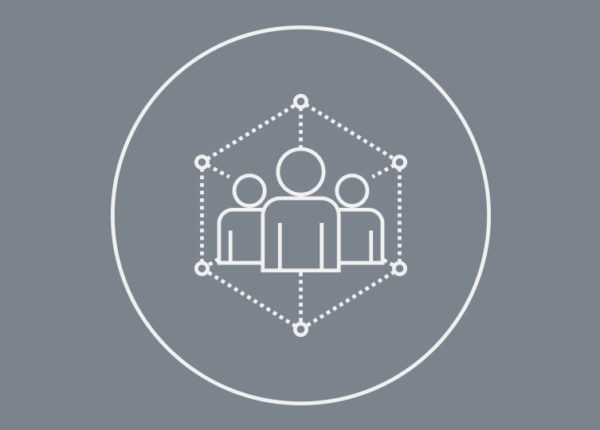We are currently working with an international law firm on their rebranding initiative. This is an important assignment for us and so far, thankfully, it’s moving along pretty smoothly. While there are still many phases ahead of us, with the help of our clients, we have made a lot of progress over the past few months. When we started out on this project last fall, it presented us with a major challenge because the client team we’re working with is large and spread across multiple locations. There are a number of key stakeholders who need to participate and at the same time we are facing real deadline pressure.
In that respect, this represents a significant and recurring challenge in our business – how can we as outside design professionals work most effectively with a large and sometimes unwieldy client team? Along the way, as we managed this process with our client, we were inspired to share and reiterate some best practices that we think are critical to keep a major design project on track when an internal design and management team collaborates with an external branding & design shop.
In this week’s blog post we start with our top two guiding principles when it comes to managing a successful internal-external design collaboration. We plan to expand on this list in the coming weeks.
- Establish a realistic timeframe for undertaking and completing the assignment taking into consideration the size of the team and number of key decision-makers. I can’t tell you how often design projects fail or run into serious trouble because the parties at the outset don’t agree on a realistic schedule for deliverables. Of course, lawyers can be incredibly difficult to keep on schedule for a soft-deadline, like a design project, because they are so consumed by addressing deadline pressure from their own clients. That’s precisely why it’s important to establish a realistic schedule up front – one that takes into consideration the likelihood of delay in receiving input from key decision makers along the way. To give you a rough idea of our typical guidelines, ideally we recommend clients anticipate a timeline of at least 8 to 12 months, from kickoff to completion for a major rebranding initiative. This is a conservative guideline and it applies only for a rebranding project, which is usually one of the most challenging assignments for a design firm. This is the timeframe we anticipate when we are working with a large multi-national firm, whereas when working with a smaller mid-size firm we would anticipate between 6 and 8 months necessary for completion. Quite often clients push back and want to get to the goal line faster. And indeed, depending on a number of special factors, such as the composition of the management team that will be participating in the process, it may be possible to shorten the timeframe. But with a large law firm and a large working group, our experience is that it is usually a big mistake to try foreshortening the process.
- Involve all key decision-makers at the outset and keep them involved throughout the process – at a minimum have them participate in review and approval for major milestones along the way. It’s simply not possible to manage a major design or branding project for a law firm without active participation by the senior decision-makers from the outset. Not only do they have to participate but you have to get them to buy into the process by soliciting approval at key milestones that are built into the timeline. The external design team needs to establish a direct line of communication with all the stakeholders who will be involved in the project. This is important to ensure a seamless flow of information to drive the design process. At Knox Design Strategy, our process is simple yet effective. We present concepts, hear feedback and ask appropriate questions directly to the entire internal team, including senior management. While collaboration with internal marketing and design teams is key, we consolidate our best recommendations for senior management’s approval. That way, we are able to deliver the ideal final product on time and without excessive rounds of revisions and edits.
These are two key points you want to make sure you get right at the outset of any major design initiative that involves collaboration with an outside team. Good design doesn’t happen in a vacuum. It needs to be nurtured by an effective scheme for management and communication. Please visit our blog in the coming weeks as we add more pointers to this list of best practices for the design process.






